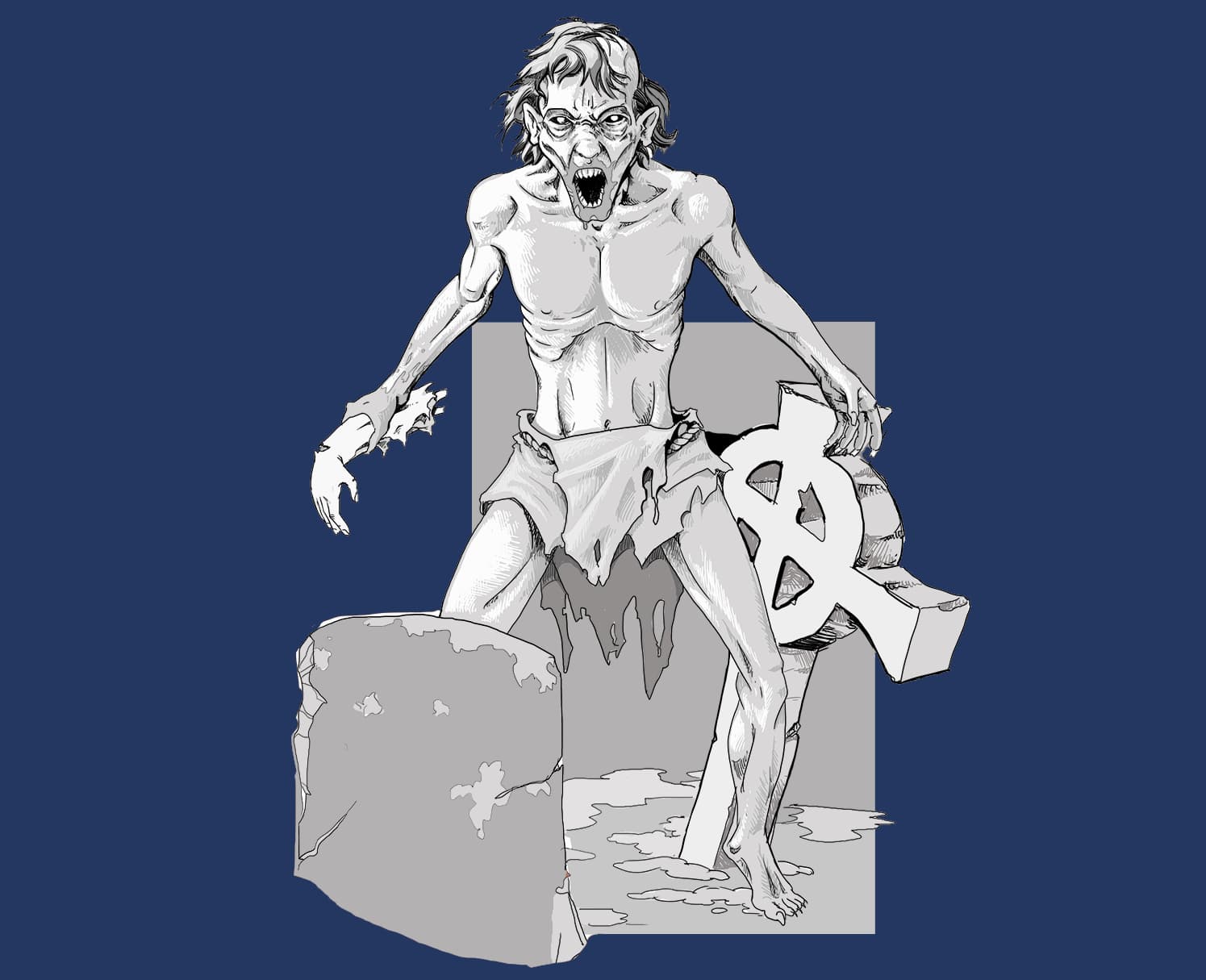Ghoul in Mythology: Origin and History
The etymology of ghūl has been proposed to be the Arabic word meaning "to seize." On the other hand, the word may be a derivation from the Mesopotamian mythology's gallu demons.

The etymology of ghūl has been proposed to be the Arabic word meaning "to seize." On the other hand, the word may be a derivation from the Mesopotamian mythology's gallu demons.

